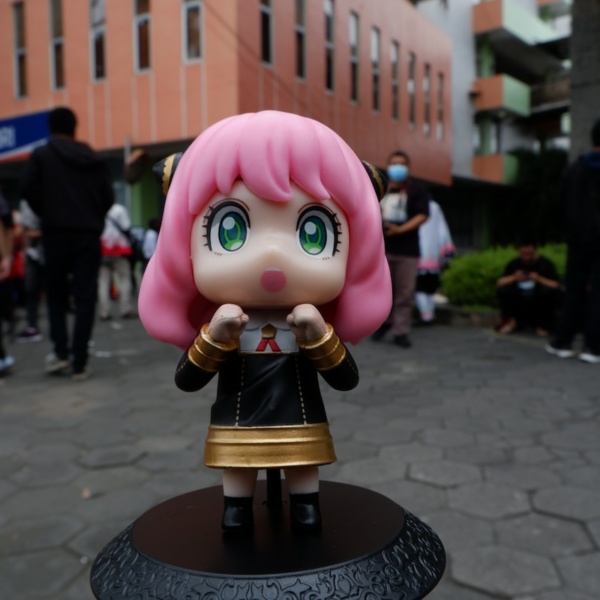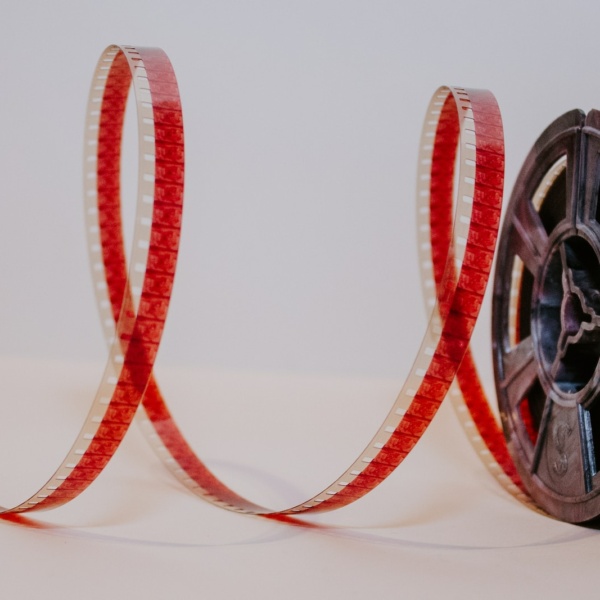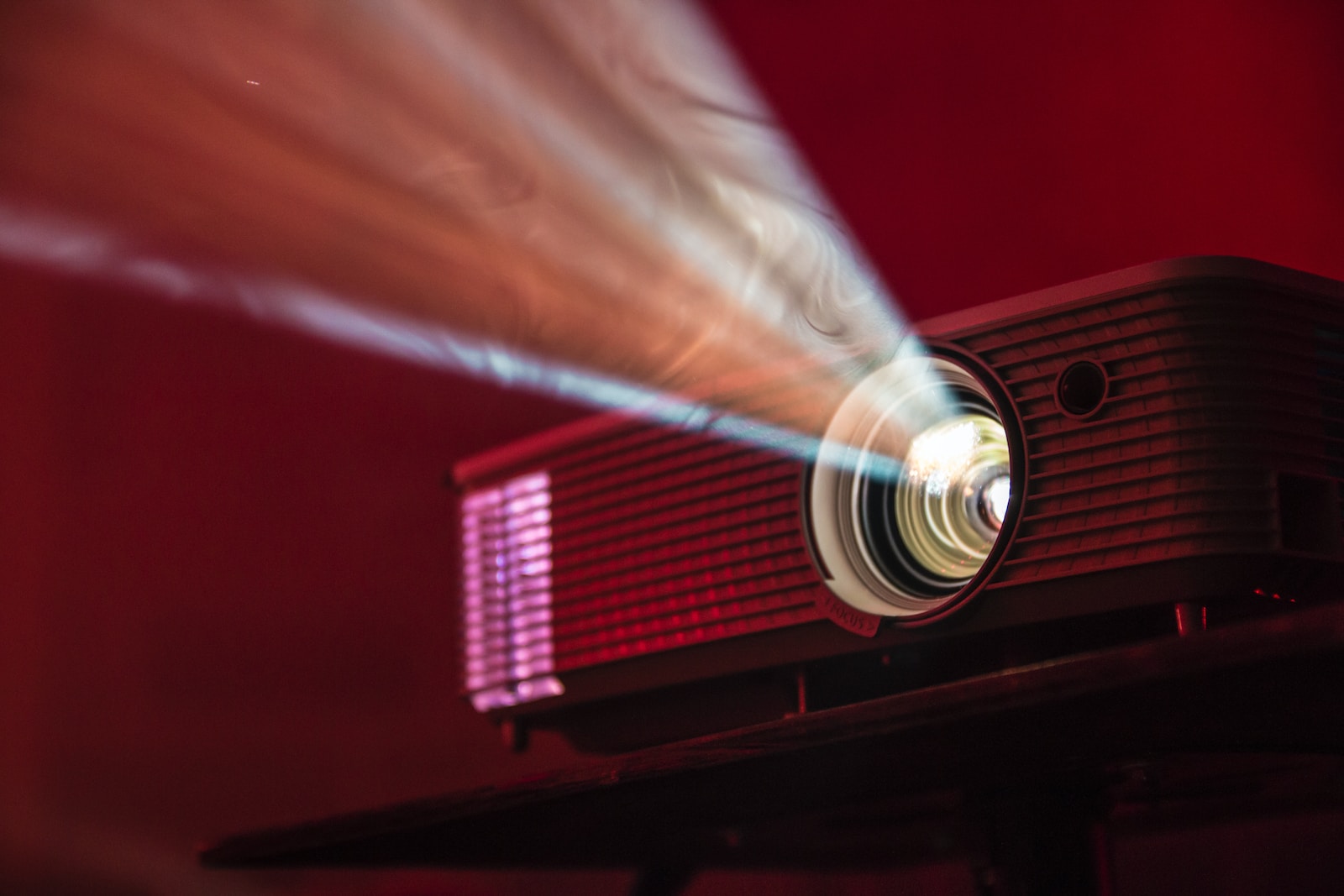
Lights, camera, action! Welcome, fellow cinephiles, to the glittering era that birthed Hollywood’s most enduring legends and timeless classics—the Golden Age of Hollywood. As I take you on a trip down memory lane, be prepared to be swept off your feet by the glamour, charisma, and sheer magic that defined the silver screen from the 1930s to the 1950s.
A Symphony of Silver and Gold: The 1930s Dawn of Glamour
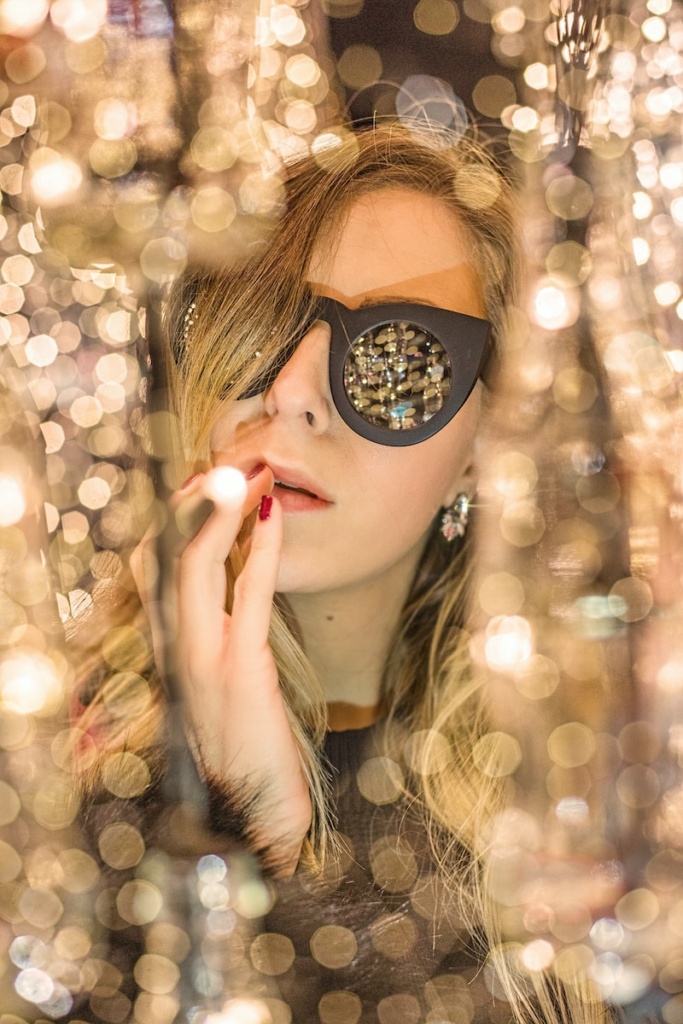
The 1930s marked the rise of the talkies, where silent films bowed out and made way for the era of spoken words and audible emotions. Picture this: the dapper Fred Astaire dancing his way into our hearts in “Top Hat” (1935), or the indomitable Bette Davis leaving an indelible mark in “Of Human Bondage” (1934). Hollywood, during this time, was a bustling hive of creativity and innovation.
Icons like Clark Gable and Jean Harlow became synonymous with the era’s romantic escapades. Gable’s unforgettable “Gone with the Wind” (1939) left audiences in awe, while Harlow’s platinum blonde allure added an extra layer of allure to films like “Dinner at Eight” (1933). The 1930s were indeed a melting pot of genres, from screwball comedies like “It Happened One Night” (1934) to the brooding shadows of film noir in “The Maltese Falcon” (1941).
Golden Age of Hollywood: A Silver Lining in Black and White
As the world plunged into the chaos of World War II, Hollywood took on the dual roles of entertainer and morale booster. The ever-charming Cary Grant teamed up with Katharine Hepburn in “The Philadelphia Story” (1940), providing audiences with a much-needed escape. Meanwhile, Humphrey Bogart and Ingrid Bergman etched their names into cinematic history with the timeless classic “Casablanca” (1942).
However, the war wasn’t just a backdrop for love stories; it also birthed cinematic gems that delved into the human psyche. Film noir flourished during this period, with masterpieces like “Double Indemnity” (1944) and “The Big Sleep” (1946) weaving tales of intrigue and deception against a dark and moody backdrop.
Post-War Prosperity: Hollywood’s Shining Stars
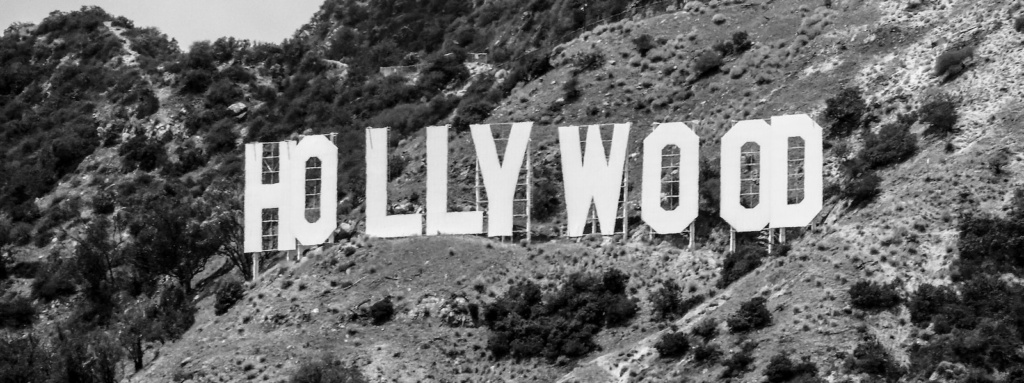
As the dust of war settled, Hollywood entered a new era of prosperity and unabashed glamour. The 1950s introduced us to the inimitable Marilyn Monroe, whose effervescent charm lit up the screen in “Gentlemen Prefer Blondes” (1953) and “Some Like It Hot” (1959). James Dean, the brooding rebel, left an indelible mark with “Rebel Without a Cause” (1955) and “East of Eden” (1955).
The decade was also marked by epic spectacles, with films like “Ben-Hur” (1959) showcasing Hollywood’s ability to create grandiose cinematic experiences. Charlton Heston’s portrayal of Judah Ben-Hur, set against the backdrop of ancient Rome, earned the film a record-setting 11 Academy Awards.
The Studio System: Factory of Dreams and Drama
Behind the glitz and glamour, the Golden Age of Hollywood was fueled by the studio system, where major studios like MGM, Warner Bros., and Paramount held sway. Stars were groomed, stories were crafted, and dreams were manufactured on a grand scale. While this system had its drawbacks, it undeniably produced some of the most iconic films and stars in history.
Take, for example, Judy Garland, the Wizard of Oz’s Dorothy, who was molded into a Hollywood icon by MGM. Her performances in classics like “Meet Me in St. Louis” (1944) showcased not only her vocal prowess but also the studio’s ability to shape and project an image that resonated with audiences.
The Twilight of an Era: Changes and Challenges
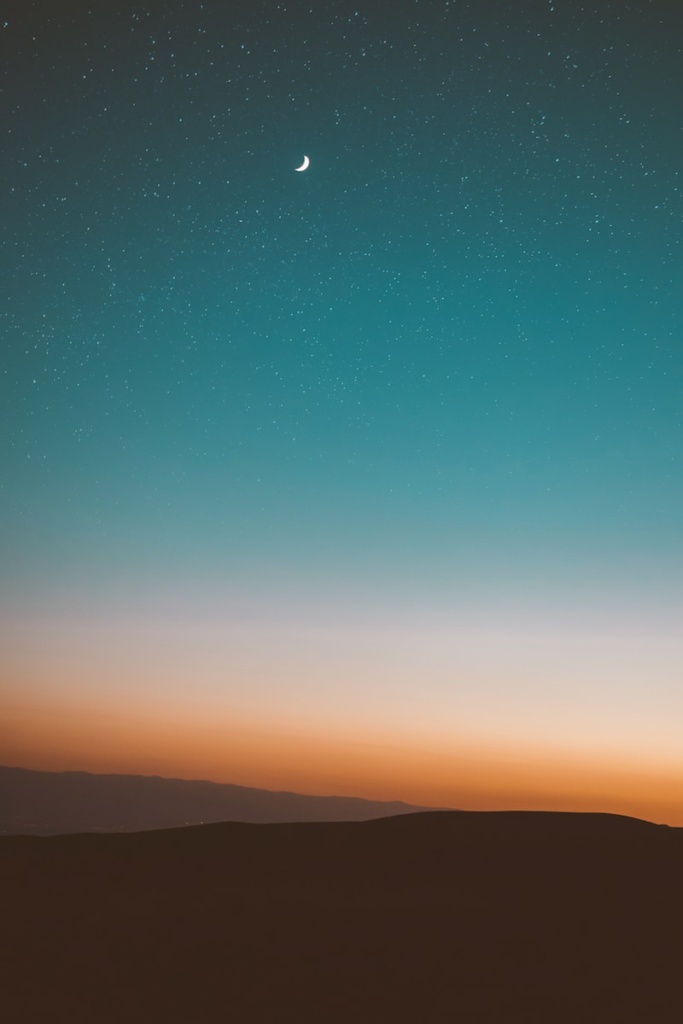
As the 1950s waned, Hollywood faced a shifting landscape. Television emerged as a new form of entertainment, challenging the dominance of the silver screen. Studios, once omnipotent, found their power waning, and the strictures of the studio system began to crumble.
Yet, the Golden Age’s legacy endured. The films of this era became the blueprint for generations to come, influencing directors like Quentin Tarantino, who often pays homage to the styles and genres of the past.
In Conclusion: The Echoes of Golden Laughter and Tears
The Golden Age of Hollywood was an era of dreams, where celluloid fantasies and real-life drama intersected to create a tapestry of stories that continue to captivate us. From the screwball comedies that tickled our funny bones to the epic dramas that tugged at our heartstrings, each film was a brushstroke on the canvas of cinematic history.
As we navigate the ever-evolving landscape of modern cinema, let’s take a moment to tip our hats to the luminaries of the past. The Clark Gables, the Bette Davises, the Cary Grants—they were more than actors; they were the architects of our shared dreams.
So, here’s to the Golden Age, where black-and-white films painted a world in shades of silver and gold, and where the stars above Hollywood Boulevard were not just in the sky but embedded in the sidewalk, immortalized for eternity. The show may go on, but the echoes of laughter and tears from the Golden Age of Hollywood will forever resonate in the hearts of movie lovers, young and old alike.

